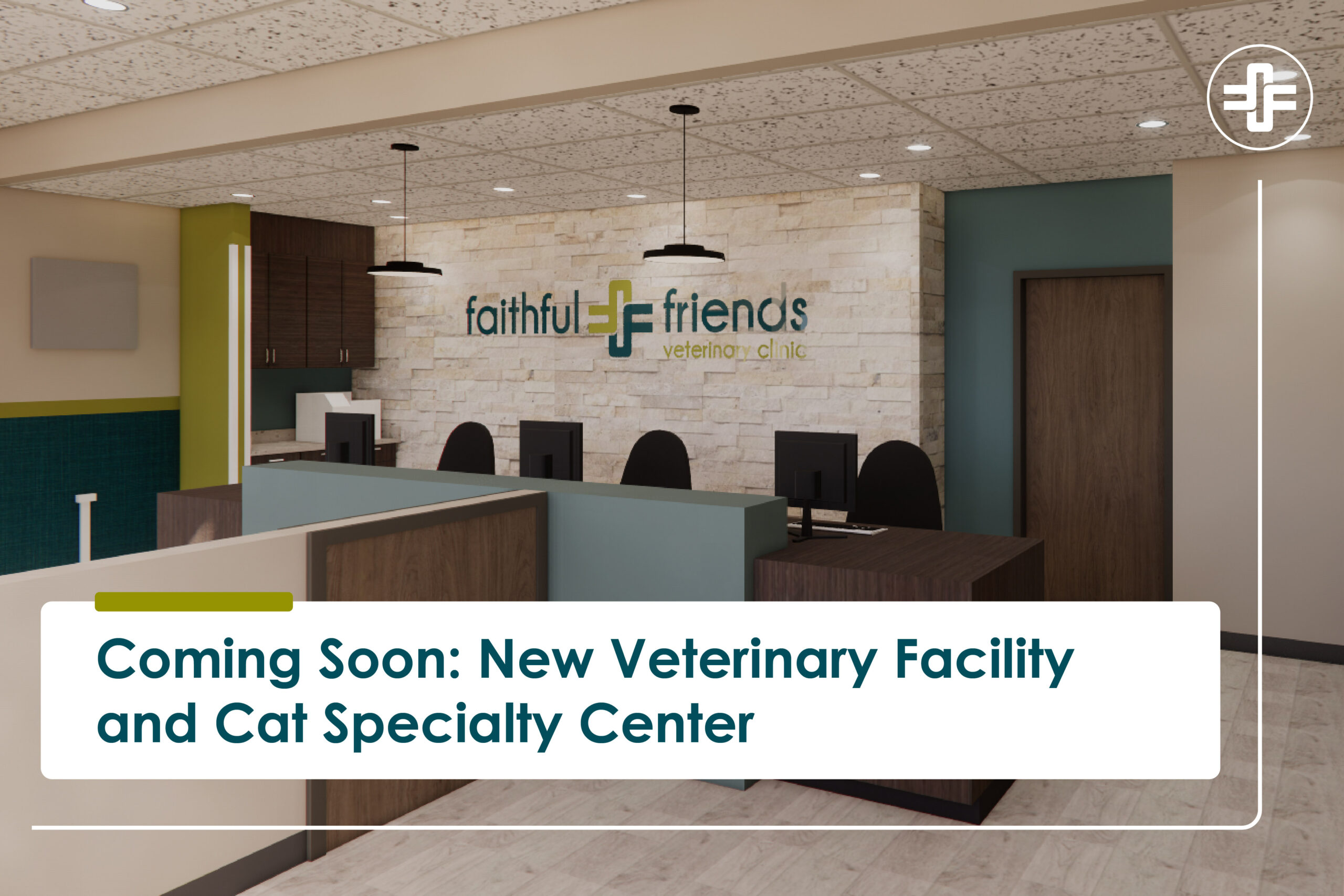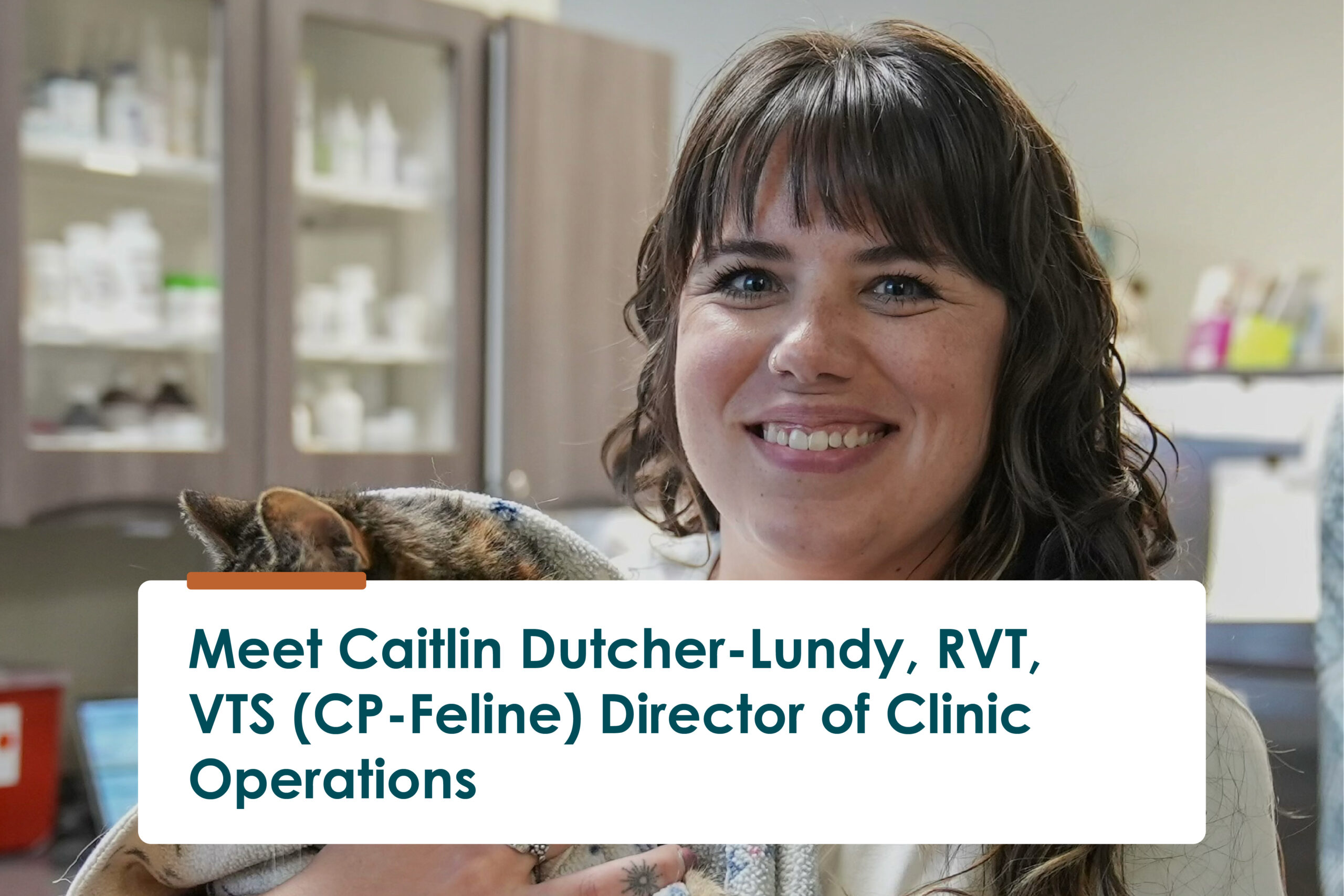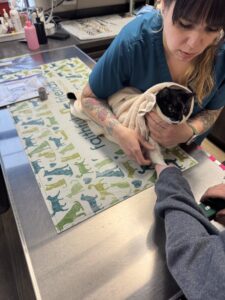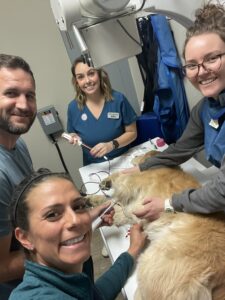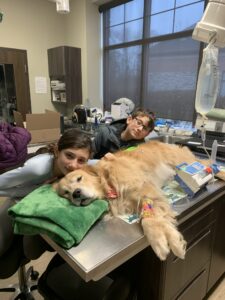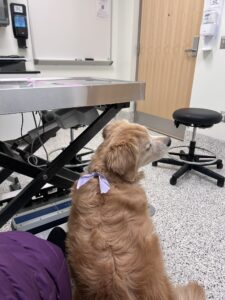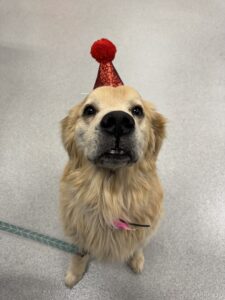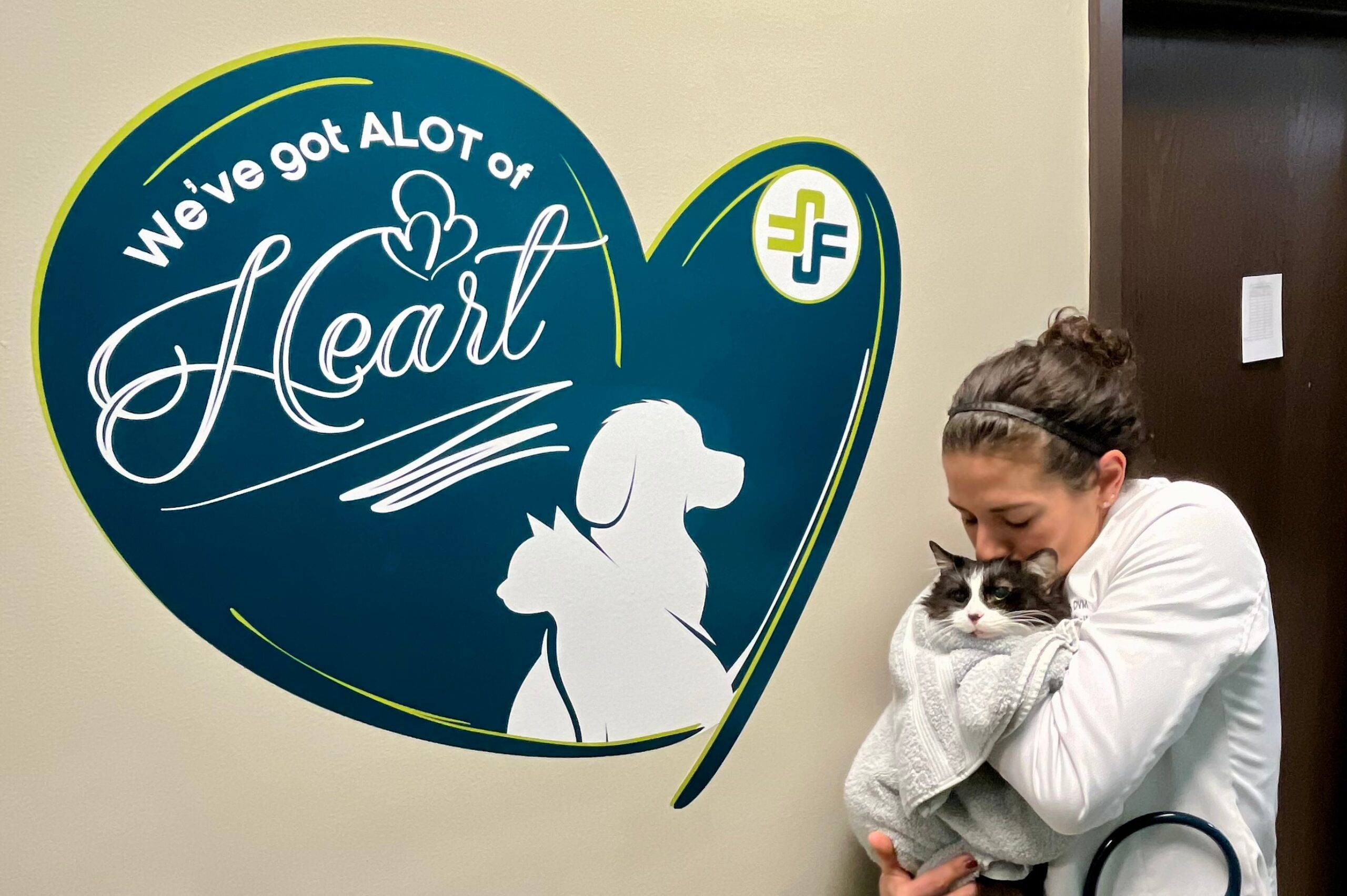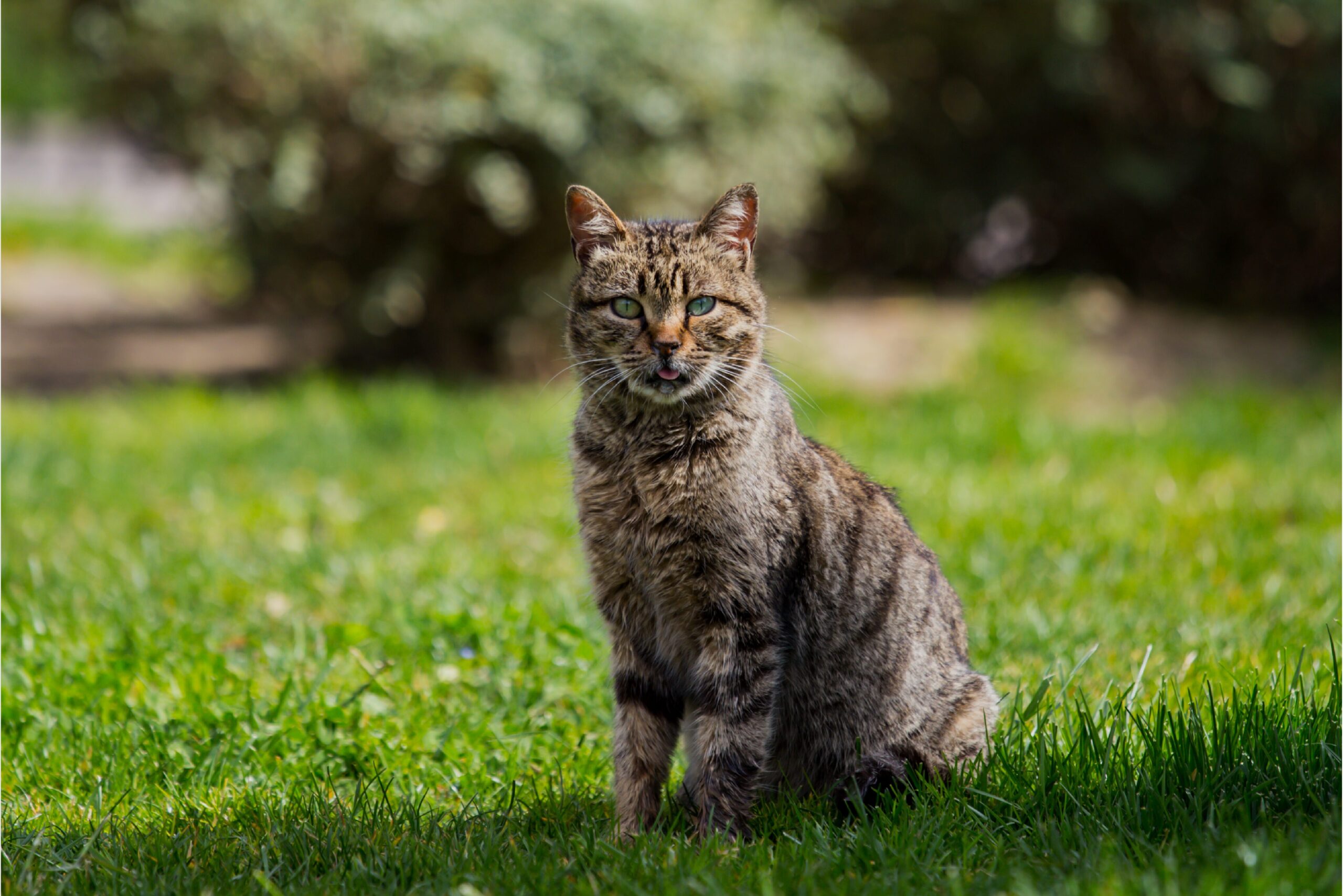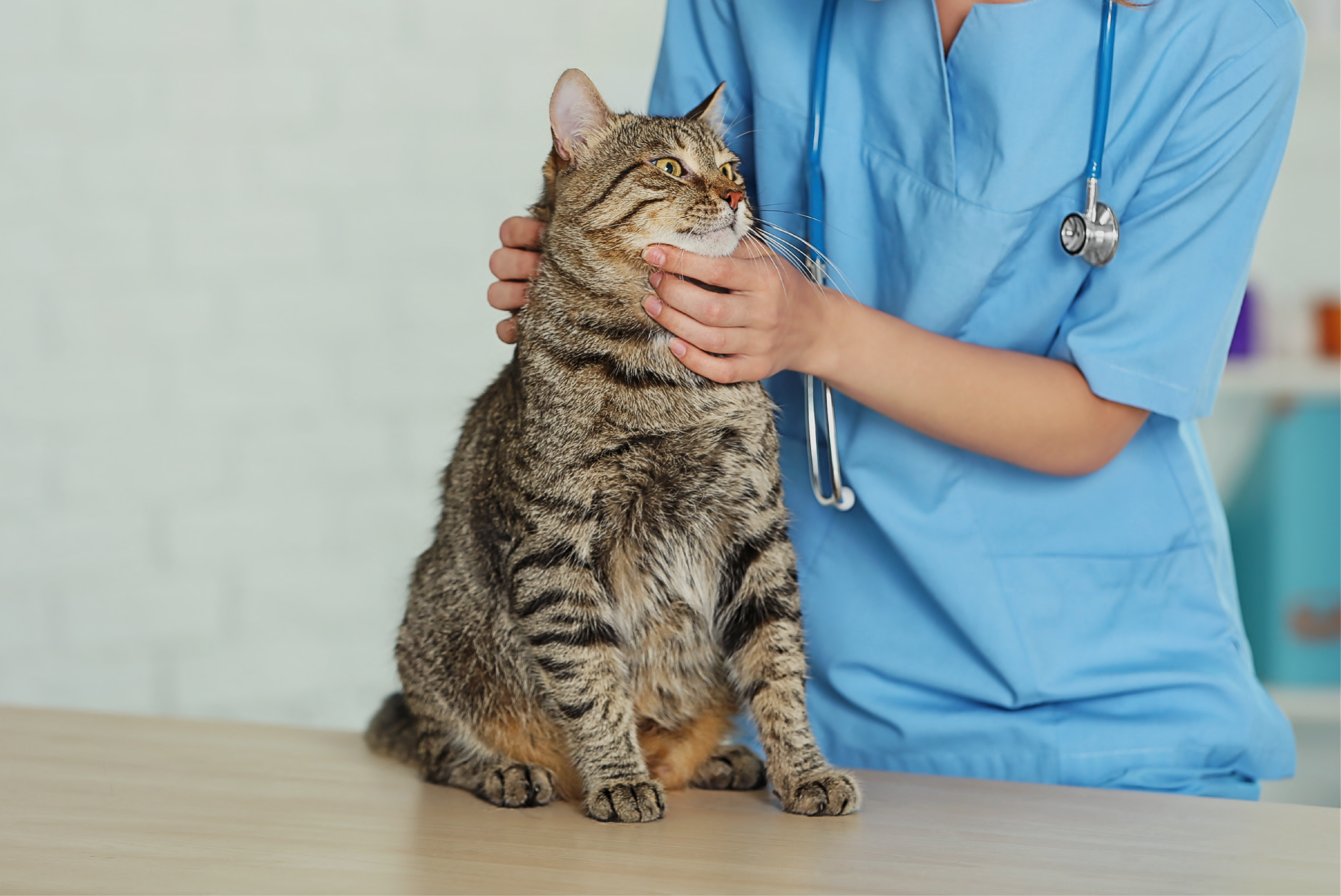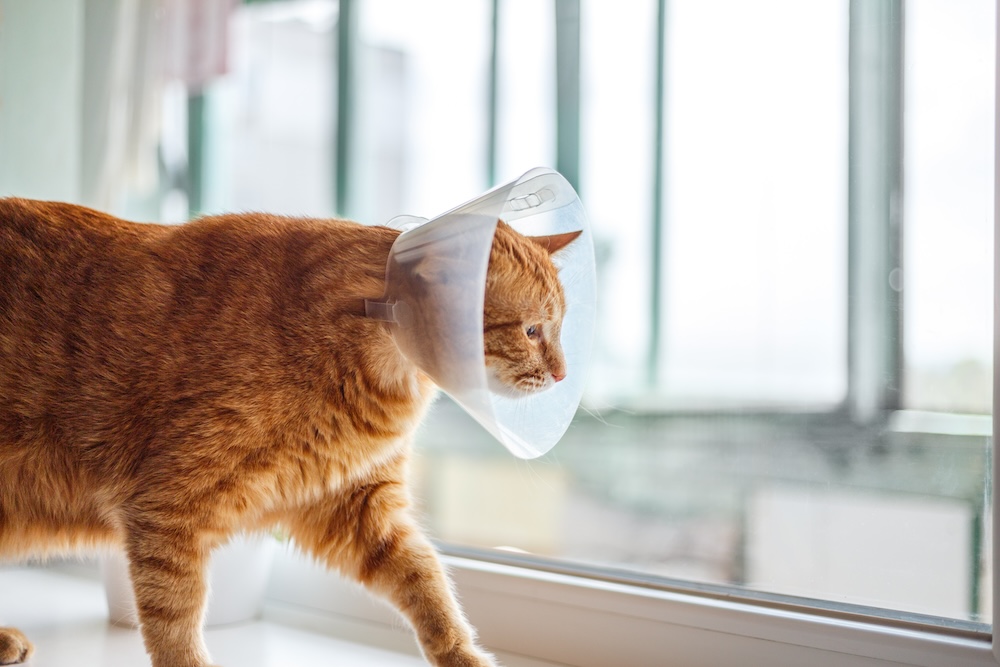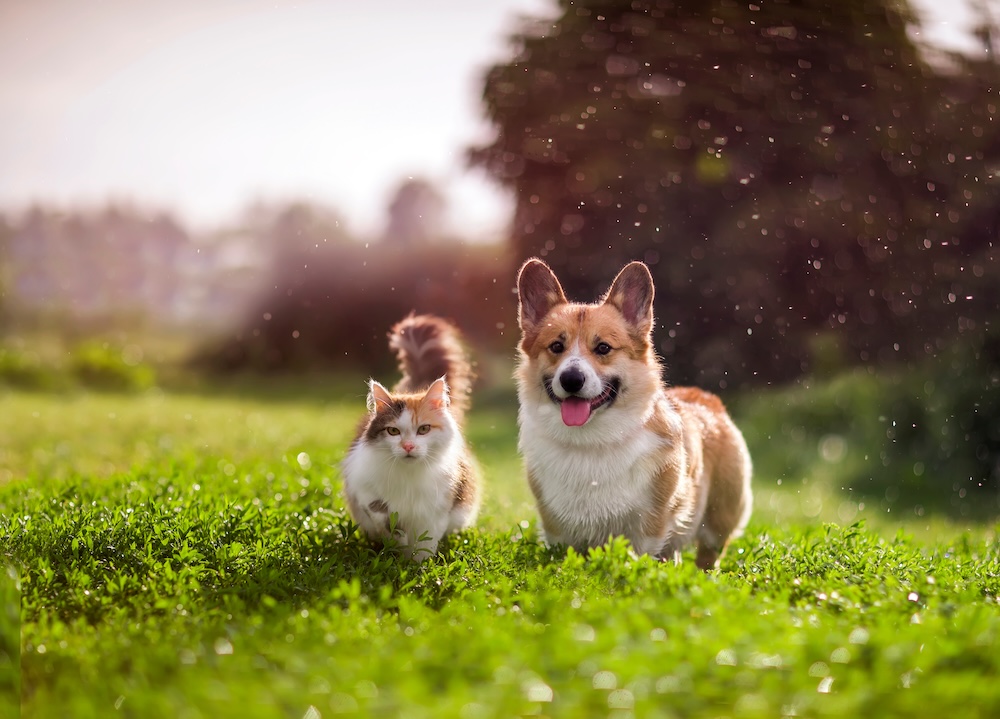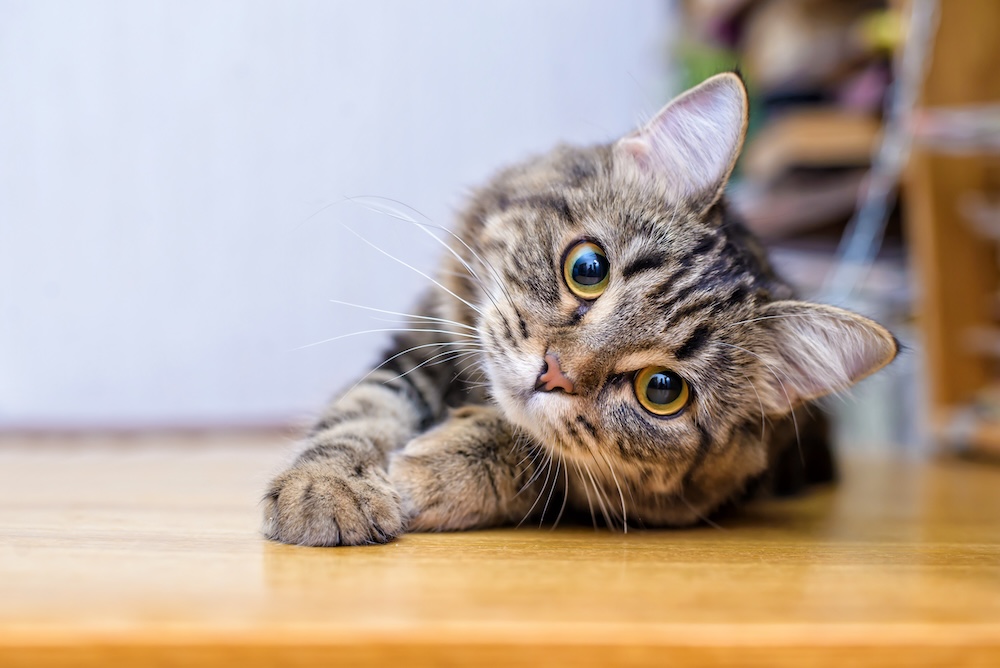Pushing the Boundaries of Veterinary Medicine: Open Clinical Trials at Faithful Friends
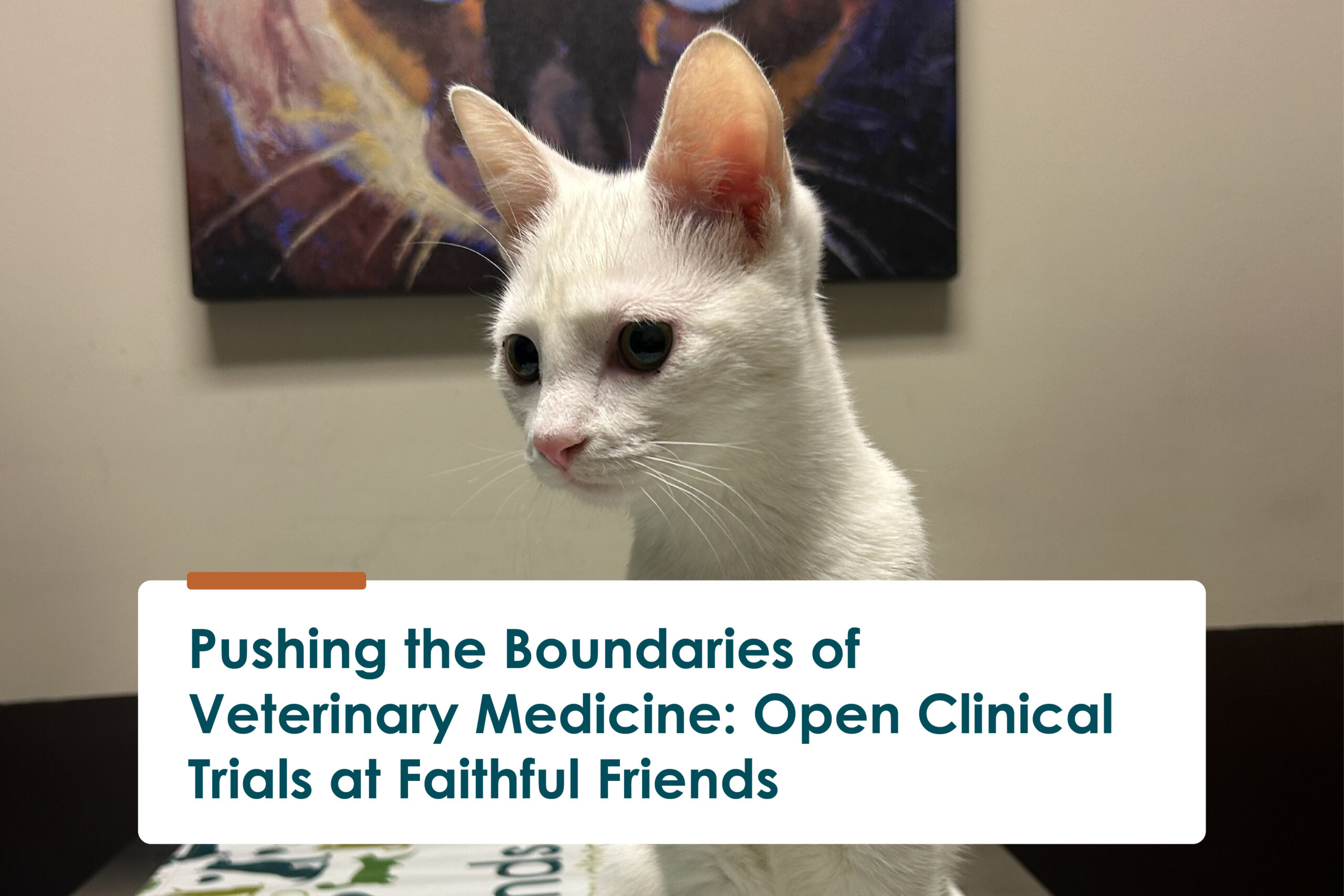
At Faithful Friends, our commitment to pet health goes far beyond routine wellness care. In addition to providing advanced diagnostics, surgical procedures, and emergency services, we recognize that many of our patients face chronic conditions that require ongoing attention. While we’re equipped to diagnose, manage, and in some cases treat these issues, we believe that’s only part of our responsibility.
As your trusted veterinary clinic, we also feel obligated to look for new ways to raise the standard of care we offer. One way we do this is by taking part in clinical trials, which play a vital role in improving the way we understand and treat certain illnesses in pets.
Why Participate in Clinical Trials?
Clinical trials are what allow us to stay on the cutting edge of veterinary medicine. New technology and treatments are constantly coming out, and as a trusted partner of many pharmaceutical companies and companies offering diagnostic modalities, Faithful Friends has the unique opportunity to partake in many different clinical trials, which ultimately benefit our patients. Through these studies, we’re able to evaluate the safety and effectiveness of new diagnostic modalities, medications and therapies – giving us better insight into how they might help the dogs and cats we serve every day.
We’re proud to offer our pet parents the opportunity to be part of this important work. Enrolling your pet in a clinical trial not only gives you an active role in the advancement of veterinary medicine – it gives your pet access to expert care and monitoring throughout the duration of the study and may even give them access to innovative treatments that could improve their quality of life.
Currently, we’re enrolling for the following active clinical trials at Faithful Friends:
1. Advancing Feline Urinary Health Through Biomarker Research
About the Study: The purpose of this study is to identify biomarkers associated with Feline Interstitial Cystitis episodes in cats with chronic Feline Idiopathic Cystitis (FIC). Over the course of one year, researchers will collect and analyze blood and urine samples from participating cats during FIC flare-ups and remission periods. Identifying these biomarkers could lead to improved diagnostics, better monitoring of nutritional interventions, and the development of more effective therapeutic strategies. Why It’s Important: FIC can have a tremendous impact on your cat’s quality of life, but it can be hard to recognize and manage. Through this study, we aim to unlock more insights into the underlying causes and mechanisms of FIC so that we can better diagnose and treat this disease.
Eligibility Requirements: Cats may qualify if they’ve been previously diagnosed with FIC, whether they’re currently showing symptoms or not. Signs include:
- Straining to urinate
- Blood in the urine
- Frequent small urinations
- Painful urinations
- House-soiling
Cats with a history of urinary stones or blockages caused by stones are not eligible. To ensure accurate results, no diet or medication changes should be made within 30 days of joining – unless your cat is currently having a cystitis flare-up.
Why Participate: By enrolling your cat, you’re not only supporting the advancement of feline medicine but also ensuring that your cat receives expert care during the study. All costs related to cystitis episodes, including diagnostics and treatment, are covered. Enrolled families will also receive a Purina Petivity Scale to help monitor your cat’s urination habits at home. Additionally, as a thank-you, you’ll receive a $200 credit at Faithful Friends Veterinary Clinic at both the 6-month and 1-year marks (totaling $400). After this phase, your cat may be eligible for a follow-up study focused on a preventative diet for FIC.
To learn more and enroll in this study go here
2. The REVERSE CKD Study
About the Study: The REVERSE Feline CKD Study is a nine-month, double-blinded, placebo-controlled clinical trial designed to evaluate the effectiveness of an investigational veterinary product in managing chronic kidney disease (CKD) in cats. Participants will receive either the study product or a placebo and attend regular visits at Faithful Friends Veterinary Clinic for screenings and follow-up evaluations.
Why It’s Important: Chronic kidney disease is a progressive condition that commonly affects cats – especially as they age – and can significantly impact their health and quality of life. In fact, CKD affects 30-40% of cats over age 10 and over 80% of cats over age 15. This study aims to improve how we manage CKD.
Eligibility Requirements: Your cat may qualify if they meet the following criteria:
- Diagnosed with IRIS stage II or stage III CKD
- Weighs at least 2.2 kg (4.85 lbs)
- Able to take oral medication once a week
- Does not have diabetes mellitus
Why Participate: There’s no cost to take part. All study-related care, including screening to assess eligibility, physical exams, lab work, urinalysis, and diagnostic imaging, is covered. Your participation helps advance feline medicine and gives your cat access to expert care throughout the trial.
To learn more and enroll in this study, please contact Faithful Friends.
3. Controlling Pain Associated with Osteoarthritis in Cats
About the Study: Pivotal study to evaluate the effectiveness and field safety of an investigational product for the control of pain associated with osteoarthritis in cats
Why It’s Important: Osteoarthritis (OA) affects many cats at any age, but not older cats. And because cats are masters at hiding pain as a survival mechanism, even from their own family, signs of OA pain often go undetected. Subtle signs may include changes in grooming habits and sleeping behaviors, whereas more advanced signs can include changes in ability to jump, climb stairs and play with toys.
Eligibility Requirements: Cats over the age of 6 months of age are eligible for screening. Since this is a study evaluating pain, there needs to be some activities seen at home indicating underlying pain, in addition to evidence of pain on physical exams and osteoarthritis on radiographs of the painful joints. Why Participate: There is no cost to screen for eligibility and partake in the study. Pet parents receive a participation stipend up to $500 after completion of the study.
To learn more and enroll in this study, please contact Faithful Friends.
4. Chronic Kidney Disease Study in Cats with Mineral Imbalances
About the Study: Investigation of a product that may help address mineral imbalances that occur in cats with CKD.
There are two parts to the study, one is the screening phase which is three monthly visits. The second phase is the treatment phase which includes 8 visits over an 84-day period.
Why It’s Important: A complication of chronic kidney disease (CKD) in cats is often the development of mineral imbalances including elevated phosphorous levels. Hyperphosphatemia in CKD has been shown to be an indicator of poor prognosis and shorter survival times. This study is investigating a product that may help address these mineral imbalances that occur in cats with CKD including elevated phosphorous levels.
Eligibility Requirement: Previous diagnosis of CKD stage 2 or higher with elevated serum phosphorous level >6.2. Determination of eligibility will be performed after a thorough history and evaluation of lab work.
Why Participate: There is no cost to screening and in this study, all standard of care medications and treatments for CKD are provided, in addition to a pet parent stipend for participation.
To learn more and enroll in this study, please contact Faithful Friends
5. Feline Chronic Gingivostomatitis
About the study: Feline chronic gingivostomatitis (FCGS) is a devastating oral disease that causes oral inflammation, pain, and often bleeding gums. Treatment of severe cases requires removal of teeth, in some cases, full mouth extractions.
Eligibility Requirement: Evidence of active gingivostomatitis
Why participate: Although at this time there is no direct financial benefit to the pet parent, enrollment in the study allows your cat to be included in a novel treatment opportunity and help us to better understand this disease in cats. With time, we hope to turn this data collection study into a clinical trial.
To learn more and enroll in this study, please contact Faithful Friends.
At Faithful Friends, we’re proud to be part of advancing veterinary care for dogs and cats through research like the clinical trials listed above. Our leading feline veterinarian, Dr. Ashlie Saffire (DVM, DABVP) has extensive experience in clinical trials – ranging from diabetes, blood pressure and kidney disease to osteoarthritis and anemia – that reflects our commitment to staying at the forefront of feline medicine.
We also help coordinate our patients’ participation in clinical trials at The Ohio State University and partner with several institutions across the country, allowing our patients access to innovative treatments both locally and beyond. If you don’t see a potential option currently listed here, don’t hesitate to reach out as we may have other opportunities for your pet to participate.
For more resources on pet health, head to our blog!


